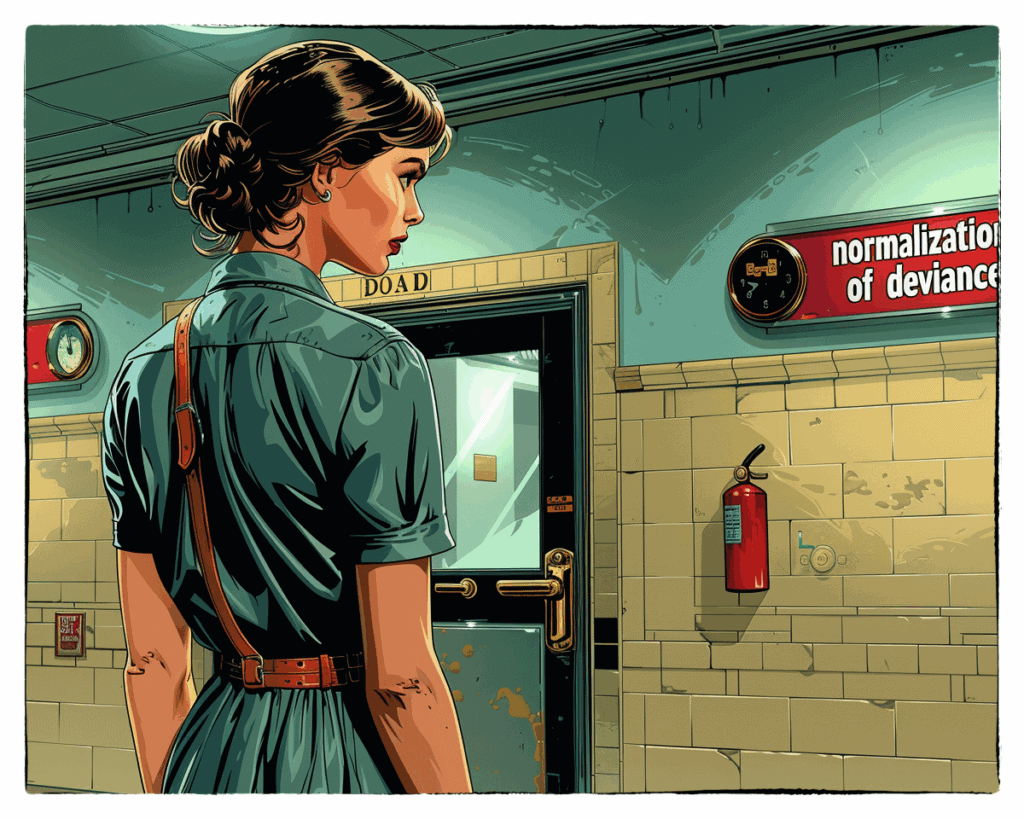Trust on Trial: What Happens When Poor Service Stops Being the Exception
As a foreigner navigating life in France, I’ve found myself entangled in a frustrating web of unresponsive telecom companies, opaque insurance processes, and endlessly complex administrative systems. What began as isolated incidents has now revealed a troubling pattern—one that reflects a deeper, systemic issue in customer service culture.
How Customer Trust Erodes Through the Normalisation of Deviance—and Why It Matters
Customer trust is the foundation of any successful business relationship. When organizations consistently deliver on their promises—offering reliable, respectful, and solution-oriented service—trust is reinforced. However, when the normalisation of deviance sets in, this trust begins to erode, often quietly at first, until it culminates in visible dissatisfaction and disloyalty.
1. Subtle Signals of Decline
The erosion of trust rarely happens overnight. Instead, it begins with subtle but repeated disappointments:
- Slow or absent responses
- Inconsistent information from different representatives
- Lack of empathy or ownership when problems arise
These may seem minor in isolation, but customers begin to perceive a pattern. What was once viewed as a “one-off issue” becomes expected behavior.
2. Loss of Emotional Safety
Trust involves more than just reliability—it’s also about emotional safety. Customers want to feel heard, respected, and valued. When staff seem disengaged, scripted, or dismissive, it signals to the customer that they’re just another number. The emotional connection frays, making the relationship transactional rather than relational.
3. Perception Becomes Reality
With repeated poor experiences, customers stop giving the benefit of the doubt. They begin to anticipate subpar service and may even avoid contact with the company, assuming it’s not worth the effort. Word of mouth—through online reviews, social media, or personal conversations—spreads this perception, whether fair or not.
4. The Consequences of Lost Trust
When trust is lost, the consequences ripple through the business:
- Increased customer churn: Dissatisfied customers are more likely to leave, even if the product is good.
- Lower lifetime value: Distrust reduces upselling opportunities and long-term engagement.
- Damage to reputation: Negative reviews and social media posts can deter potential new customers.
- Higher operational costs: Unhappy customers generate more complaints, refunds, and conflict resolution efforts.
5. Rebuilding Is Harder Than Maintaining
Rebuilding trust requires far more effort, time, and resources than maintaining it. Customers who have felt betrayed or consistently undervalued demand greater proof of change—and may never fully return.
In a world where competition is fierce and customer expectations are rising, allowing service standards to slip—even slightly—can start a chain reaction that ultimately costs far more than it saves. Preventing the normalisation of deviance isn’t just about protecting service quality; it’s about preserving the trust that keeps businesses alive.
